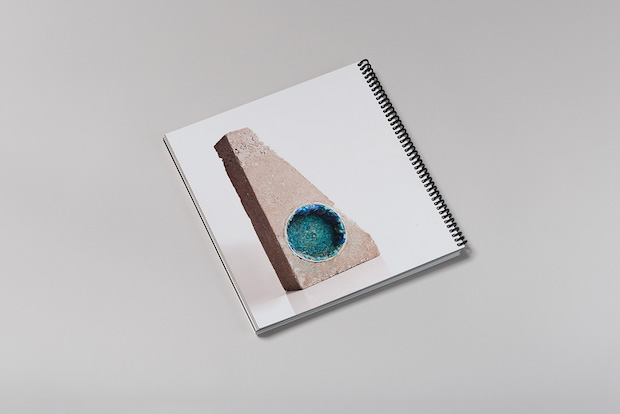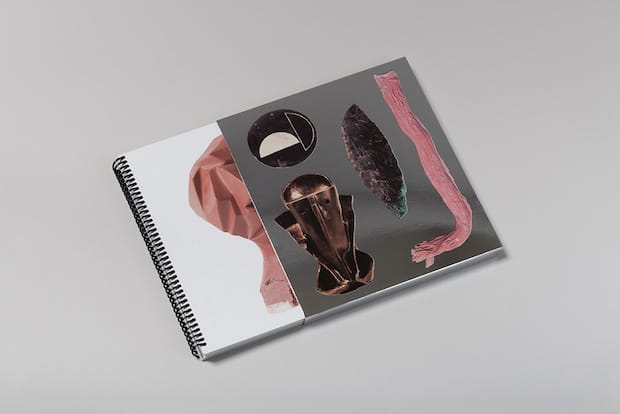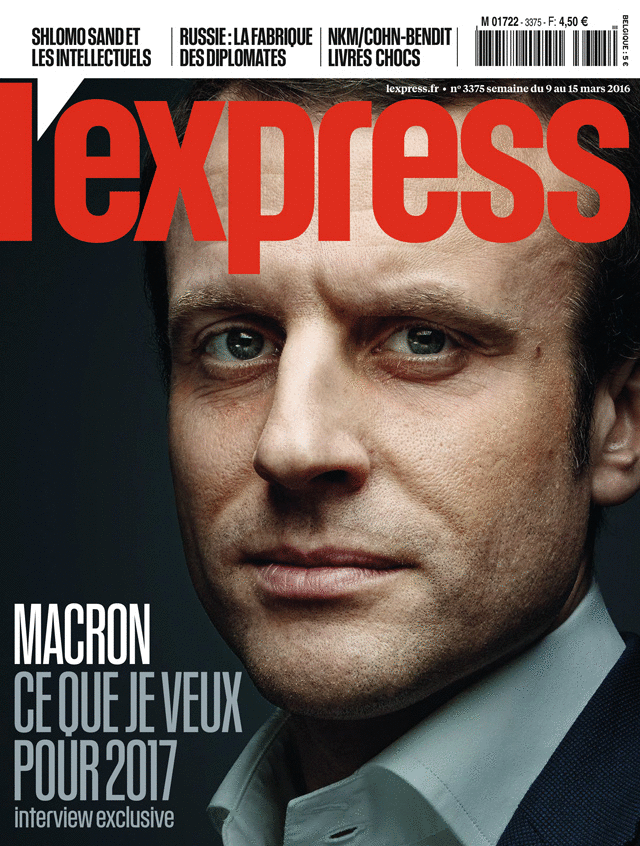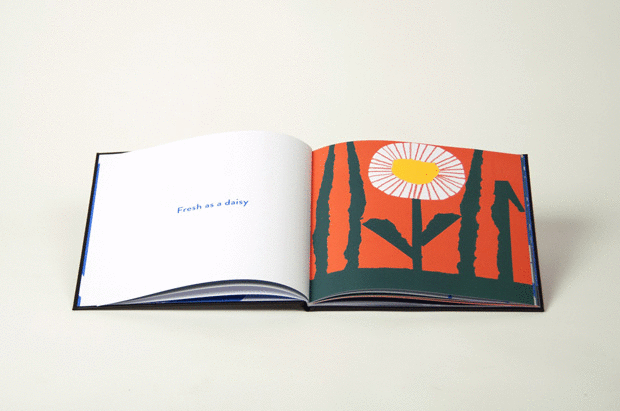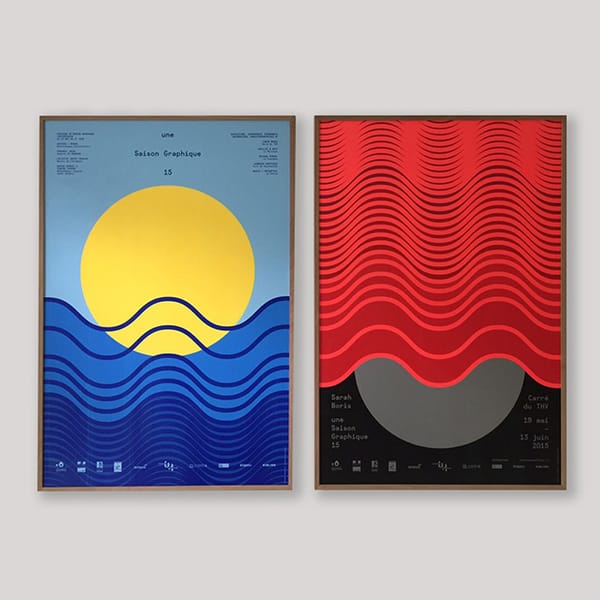Grafik caught up with Rory McGrath of OK-RM to talk about the studio’s recently set-up press, In Other Words, and their first self-published book, One Language Traveller, a collaboration with Danish artist FOS.
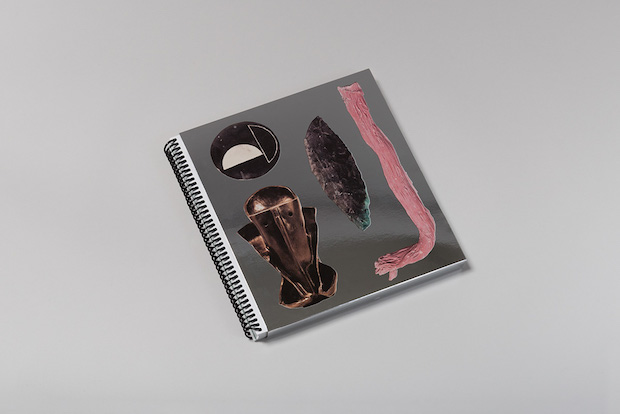
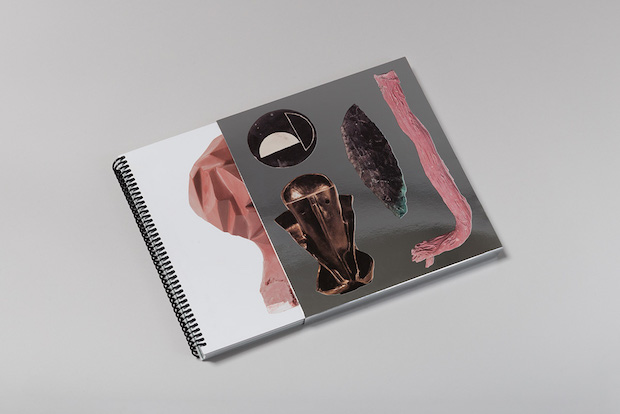
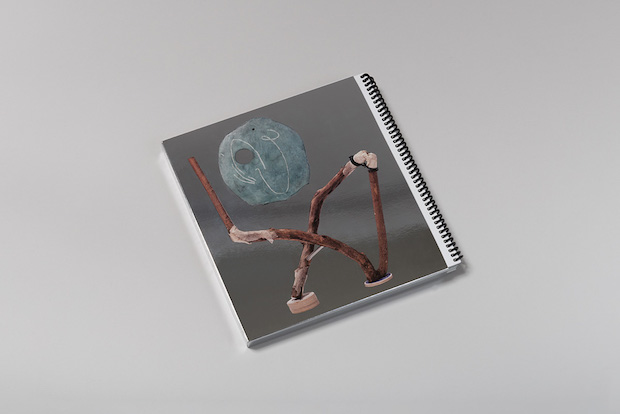
Could you tell us a bit about One Language Traveller?
It's a book with content by Danish artist FOS (whose real name is Thomas Poulsen). It's the first publication from In Other Words, a publishing venture set up by Oliver Knight [co-founder of OK-RM] and myself. The book is an archeology of objects, created collaboratively with Thomas, which is about the relationship between objects and language.
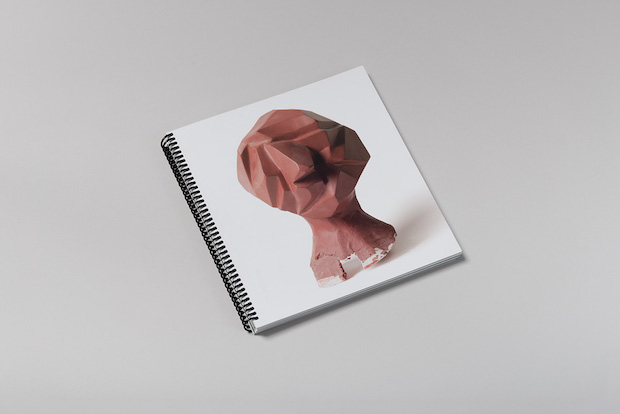
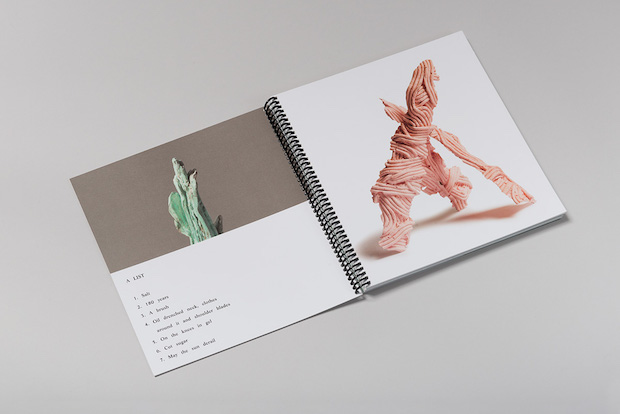
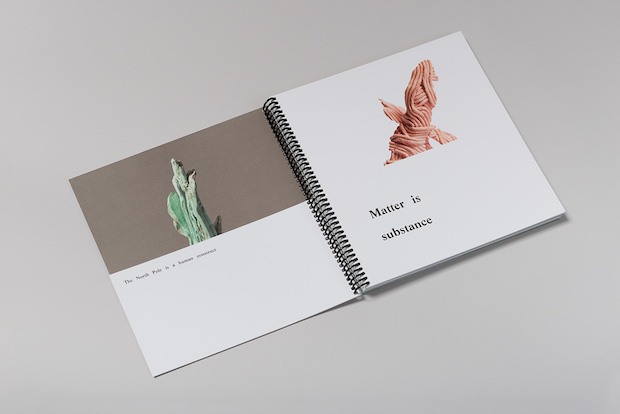
How did the project come about, did you approach the artist?
Thomas came to us on the back of seeing Black Sun, a book we’d previously designed. He was really into that book, which is always a nice way to start a project. He was interested in working with us on a book or a selection of books a few months before One Language Traveller got officially commissioned. Then he came back to us because he was doing a solo show at the Kunsthal Charlottenborg in Copenhagen and asked us to make a book that wasn't necessarily a catalogue but which had some sort of connection to the show. Pragmatically, the show meant that there was an audience ready to receive the book, as well. Thomas had been the subject of about three books before this one, but they'd always been more practical – catalogues and that sort of thing. This was the first time he was interested in truly exploring the potential of his work in the context of publishing.
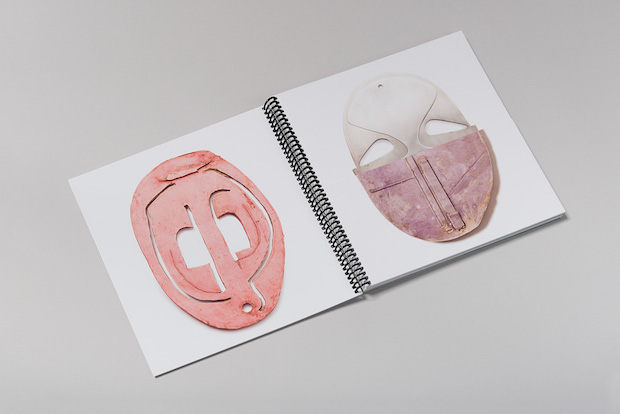
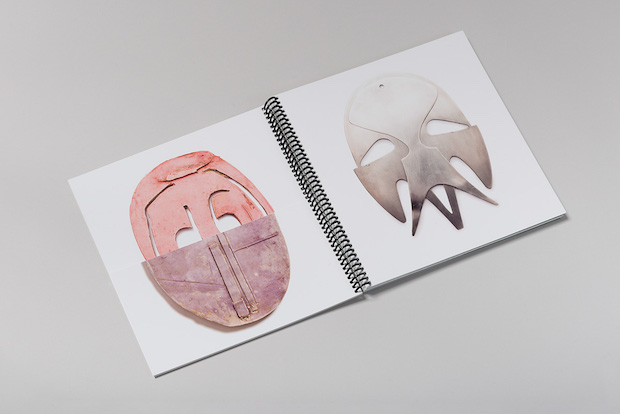
Was it after Thomas approached you that you decided as a studio to start your own publisher, In Other Words?
Yes, exactly. We'd been planning it for a while because often with the books we make, while not exactly being rogue books, they still aren’t necessarily associated with a publisher or an institution that publishes. So it might be an institution or a gallery which is providing money but then the book still needs a publisher, which we would often have recommended in the past. Sometimes that would work out really well but sometimes we'd also be a bit disappointed with the distribution, or something similar.
So we suggested at the very beginning that this might be a good opportunity for us to get started with publishing our own books. Thomas wanted us to make him a proposal first so we sent him a proper plan for the publishing of the book and he accepted it based on the very artistic reason that the whole thing would be very autonomous.
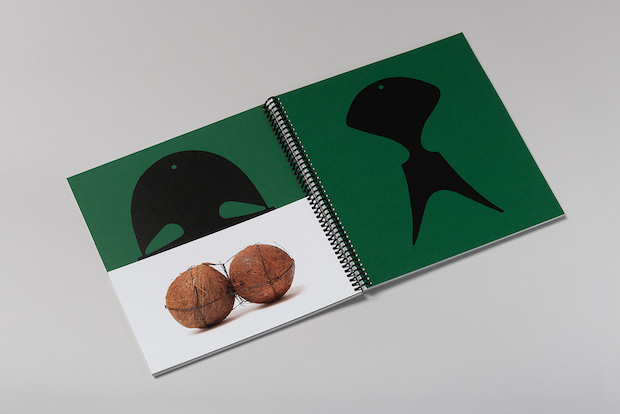
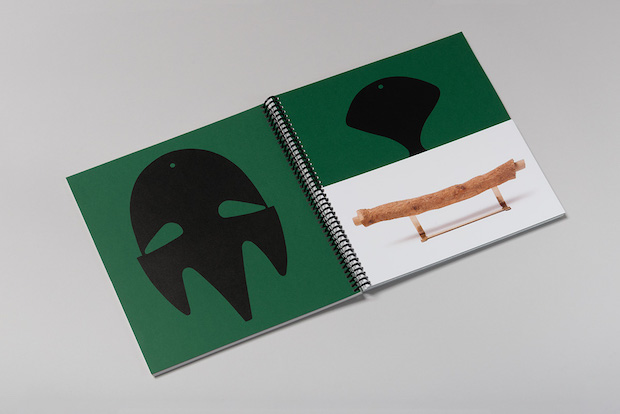
Is that element of having your own concept behind a book, rather than a strict brief, something you enjoy?
Yes, definitely. Some of the books we make are very practical and they're more industrial in their nature. With other books, they become more like collaborations that are created with artists. So One Language Traveller was an opportunity to work in that way, to make our own rules. Thomas had no limitations: he gave us, in a sense, a ‘bucket’ of content – and a lot of a discussion to go with that content – and was then interested only in knowing what we would do with it.
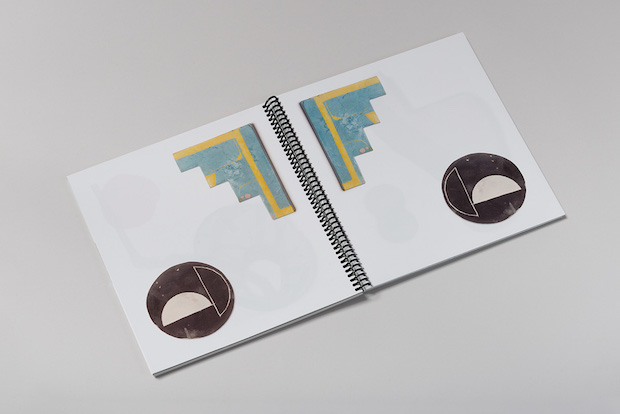
Can it be hard not having imposed restrictions?
Yes, but you have to form them yourself. This book is called One Language Traveller and Thomas speaks about his work a lot in terms of each object, each thing he makes, being part of a language. As soon as we started to talk about it in those terms then through the pagination of the book we started to think about developing conversations, about words which work well together or iteration, or de ja vu, or repetition – things which might inform a regular spoken language conversation. Some elements are repeated throughout the book, giving the sense that you may have ‘heard’ them before.
It was all done very intuitively, in some places the same works are put side-by-side but at different sizes or orientations. We would often Skype with Thomas and share screens, and very freely we would move things around in inDesign for him to look at as an experiment. Often this lead to us agreeing that something works, something which might not be a normal way to treat an image of a piece of art in a publication. It was very directly collaborative. The opportunity given by the spiral binding of course gives much more opportunity to play with the pagination as well, you don't have to work in sections at all, simply putting things where you want to.
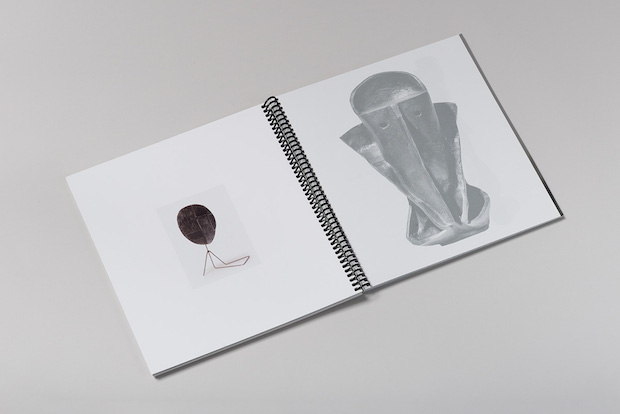
Have you had any feedback on the final version from Thomas?
He's really happy with it. We've done a formal interview with him which is on the In Other Words website and it's interesting what he says about the project, he really understands what we have done as a team. At some point he describes us as 'watchmakers', going on to write, 'you are the specialists holding the refined screwdrivers that carefully place all content', which is quite a practical thing to be but at the same time there's the insinuation of a real artistry to that.
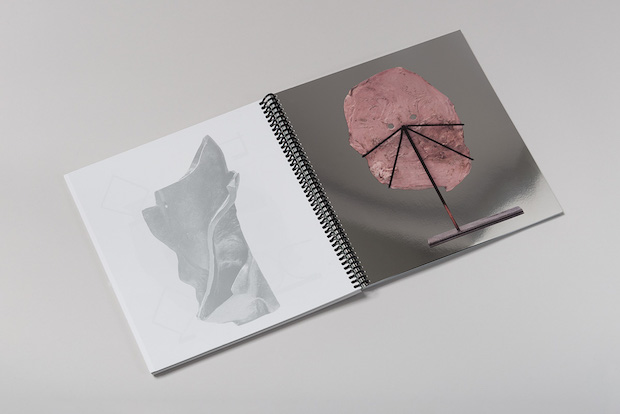
Thomas often works with designers on his own pieces of art, apparently allowing them a certain degree of freedom in the fabrication of those pieces. In that sense, could One Language Traveller be seen as a piece of art?
We don't see it like that because it's industrially produced. If anything, it's riffing off a kind of history of the artist's book, and in a sense it could be described as an artist's book. Although they haven’t traditionally always had designers involved, so maybe it's a development in that lineage. There are others working like this, it's not super unusual these days, so I guess it's just 'new' and hasn't been discussed very much. People aren't entirely sure what ‘it’ is, or how to define it yet.
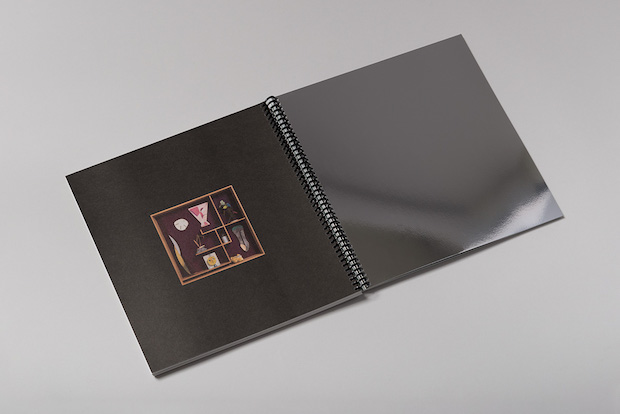
Is there something you're particularly happy with in terms of the final object?
We're happy with its uniqueness, I think that's part of the thing. What satisfies us now more than ever is originality – there's so much out there already that it's really satisfying that this feels like nothing we've ever seen before.
What's next for In Other Words?
We've got a book coming out which is a collaboration with the artist Jonathan Monk. There's not much detail about it right now but we're going to try and get that out by early autumn. We're going to take our time though, see what happens with the project.
We like the idea of mixing commissioned projects, such as One Language Traveller, and publisher-initiated projects through the press. But we don’t want to do too much through it – we're not interested in turning this in to some sort of business enterprise, we just want to make sure we do a good job with the books we make.
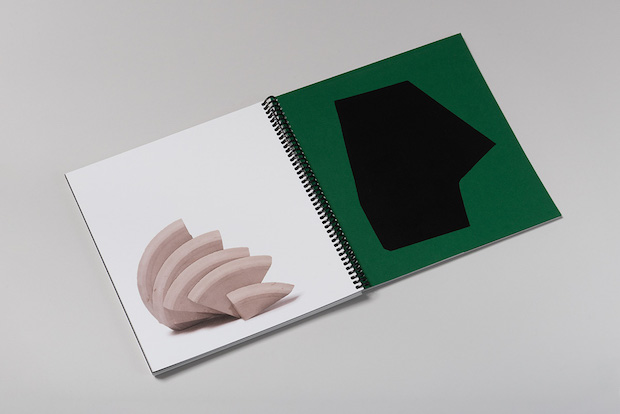
How do you find the balance between running the studio and the publisher, do you see the books for In Other Words as just another project for the studio?
It's a bit different because it has other activities associated with it, we have to be really pragmatic about distribution and publicity: the press-release making and communication is very important for the project.
Do you think it'll bring more collaborative work to the studio?
I'd like to think so. I mean there's only been a few times we’ve had the opportunity to work like this and of course we'd like to do it more, to work collaboratively with artists. Although that's certainly by no means the reason we set up the publisher.
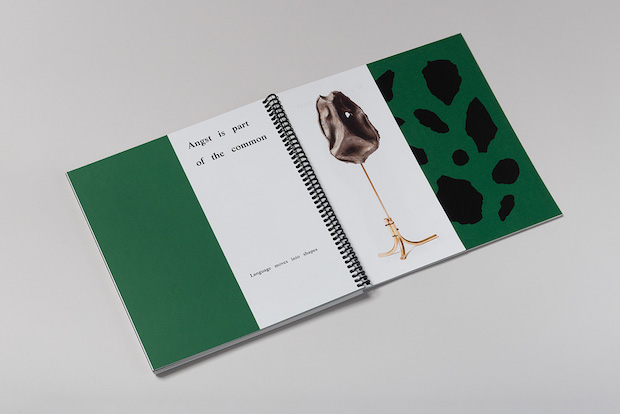
Have you enjoyed the experience of being your own publisher for the first time?
Yes, absolutely. It's been really nice: it's nice to remain connected to the work. Often with graphic design you have to set things free constantly and then that's it, and you have a strange relationship with the work, especially books, where you might see not see it again until it’s in a shop. Whereas when you publish yourself, it's much more direct.
ok-rm.co.uk
in-other-words.co.uk
